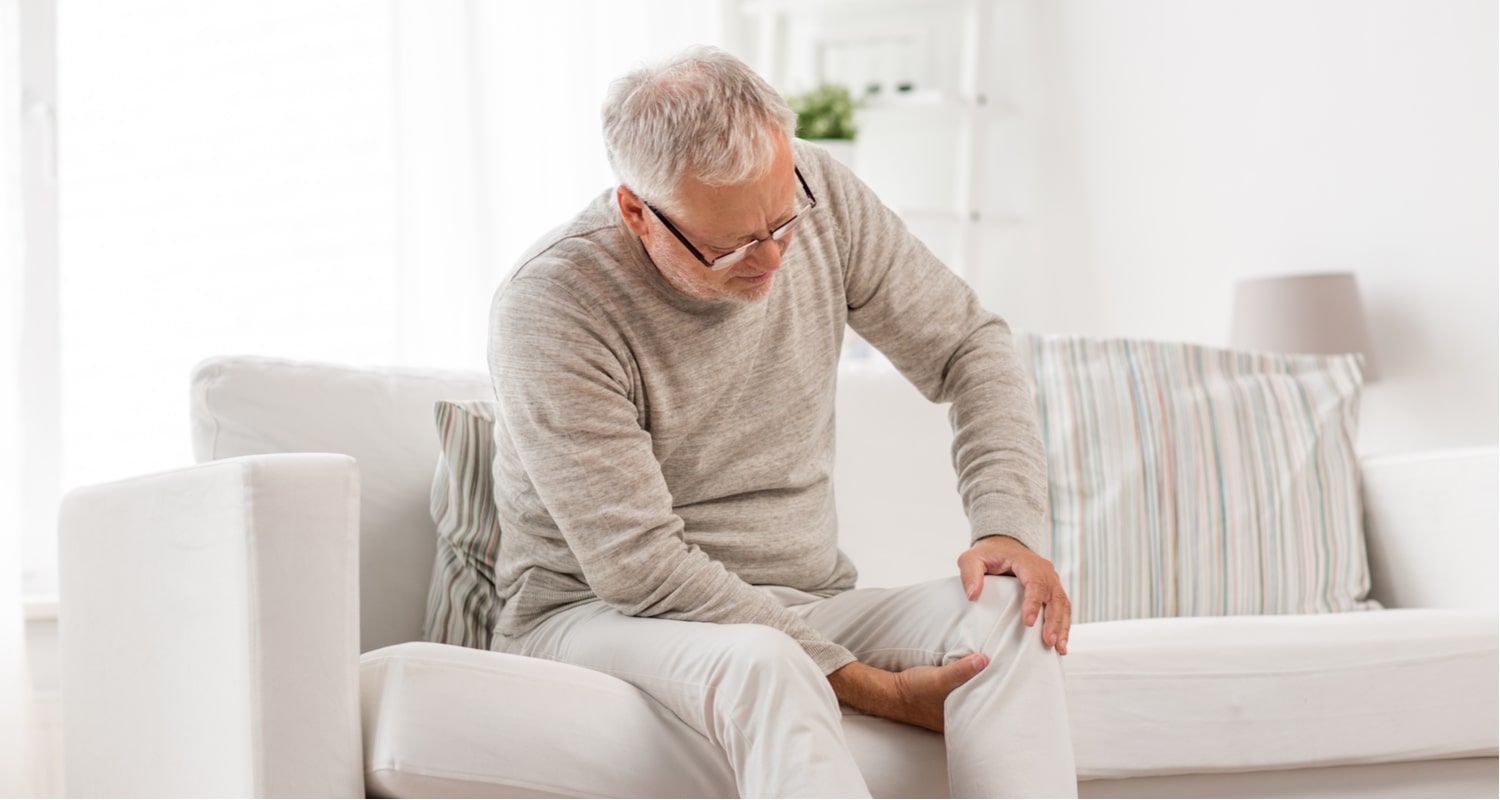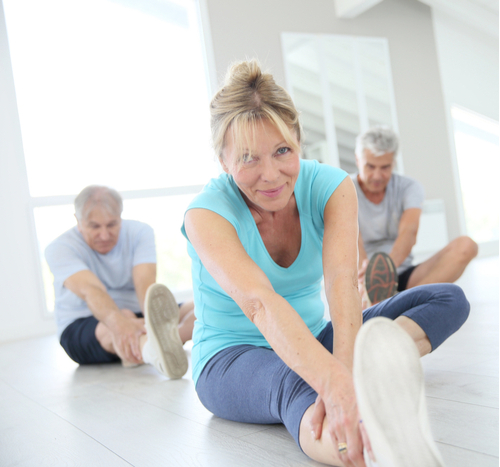Why Our Knees Hurt and What to Do About It
Sooner or later, about 30% of people start to experience discomfort in their knees, which is not always related to age or injuries. It can often be a hereditary condition, or a consequence of sport activities, diabetes, or extra weight. The number of those who worry about their knees grows every year. In Europe, one out of four persons older than 40 years experiences this problem, and this tendency demonstrates that the situation will become even worse over time. So, can you do something before you face this issue or correct it if you are already affected? Yes, you can!

What Can Be Done in Advance
The first sign of the problem is a minor discomfort after a long day on your feet. At first, it is enough to give your knees a little rest, and the pain will be gone. But after a certain time, the knees will hurt even after having enough rest, especially during weather changes and at nights.
If you had knee injuries before, you might be afraid to put pressure on a problematic joint. And this is one of the biggest mistakes which can be made by those experiencing problems with their joints. Knees must be trained by exercise. However, picking the right exercise requires caution.
Stretching

The experts note that yoga can be an excellent preventive practice for controlling age-related changes in knee joints. Besides, you don’t need to accept the ancient Indian philosophy. It is enough to follow conventional fitness routines. Daily 12-minute yoga practice improves joint tissue elasticity, stimulates blood circulation in joints, helps develop agility, and improves posture.
Here Are Three Simple Poses Which Will Help Your Knees
Lay on your back and stretch one leg on the floor. Lift the other leg 90 degrees to the floor. While supporting your leg with a towel wrapped around it, lift your leg vertically until the heel is pointed to the ceiling. You will feel a tension in the groove under your knee.
Sit on the floor and stretch your legs forward. Stretch your toes up while pressing your knees to the floor. Try to touch the toes with your hands. Stay in this position and repeat the exercise 10 times.
Sit on a chair and hold a thick book between your feet. Lift the book upward by straightening your knees. Stay in this position for 5 seconds, then release your legs. Repeat five times.
Swimming
Swimming is also as good as yoga, provided you don’t try to swim fast and do it at your normal pace. The breaststroke style works best since the knees bend and unbend without pressure.
The temperature of the water for swimming should be comfortable to avoid the temptation to swim faster because of cold. You should take a warm or hot shower before getting into the pool. This works as a warming-up before swimming. Hot water activates blood circulation and warms up the muscles. If you plunge into the water without warming up, you will get cramps in the calves and feet, which is uncomfortable and dangerous.
Scandinavian walk
Many are hesitant if they should walk since the pain in the knees often happens after physical exercise. At the same time, others have noticed that their knees start to hurt immediately after waking up or after prolonged rest. They have also observed that the discomfort slowly disappeared after they moved a little. However, the relief doesn’t last long since the knees start to hurt again after staying on the feet. Although the above-mentioned painful sensations show in various ways, they have the same cause: the thinning of the cartilage.
Mechanical pain happens when the bone tissue is subjected to extra pressure in areas of thinned cartilage. In order to alleviate the pressure on the joint, the muscles and joints tense up, which leads to discomfort. The weaker are the muscles, the quicker they get tired. Speaking about ligaments, they can be stretched and injured under the influence of high temperature. So why walking can be therapeutic?
1. Blood circulation is intensified, and joints receive all substances necessary for recovery.
2. The synovial fluid starts to circulate at a higher speed within the joint. Thus it is better lubricated and moves more efficiently.
3. The muscles get stronger, more elastic and resilient. They start to support the joint better and reduce the load on it.
4. The ligaments become more elastic. They protect the knee joints from dislocation, restore them and keep them supple, making the knee more mobile.
5. The metabolism improves, and the calories start to burn faster. People can get rid of extra kilograms, thus helping their joints.
6. Walking has a positive effect on the immune system. It improves mood and makes people more resilient.
Skis
It may look weird, but the pressure on the knee and hip joint during skiing is less than during a normal walk. It is reduced due to gliding: we make fewer steps, and the impact of the body mass on the legs is lower. But there are still things to consider. You should ski only in good weather, on a well-maintained ski track in classic style. Skiing in skating style (when the leg glides forward and to the side) has a negative effect on knees. While skiing, you should go at a comfortable pace without sharp accelerations, maneuvers, and potentially dangerous downhill runs. And, of course, we mean cross-country skiing. Downhill skiing is dangerous for knees as downhill run presumes regular twisting, squatting and bending movements.
The earlier you take preventive measures, the greater are the chances that you will never have problems. So, even if you have never had unpleasant sensations in your knees, don’t skip exercise and control your diet — it doesn’t take so much effort!
What to learn more? Read here:





